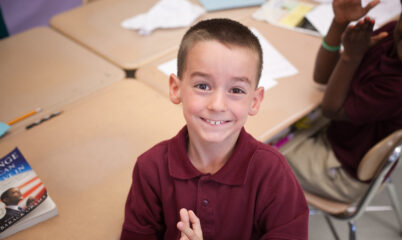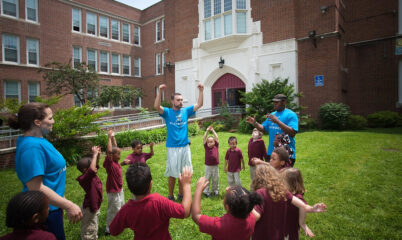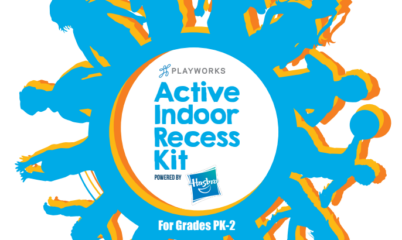We’re in the late days of summer and the “Back to School” signs and supplies are popping up everywhere! Students and teachers are getting ready to head back to the classroom, and back to recess. Check out these suggestions to prepare your playground for another awesome year full of growth, fun, and play.
Mapping your playground
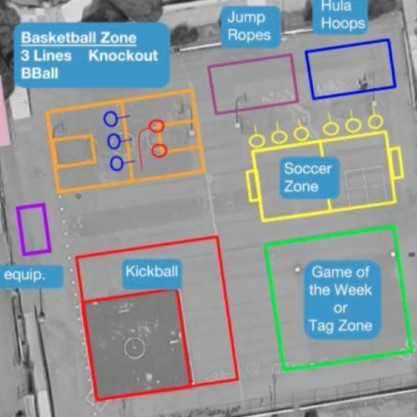 Recess is safer and there are fewer game interferences (and fewer resulting conflicts!) when each activity has its own set location. Consider these steps as you map at your playground:
Recess is safer and there are fewer game interferences (and fewer resulting conflicts!) when each activity has its own set location. Consider these steps as you map at your playground:
- Consider the popular and common activities at your school’s recess, such as soccer, jump rope, or basketball. Prioritize space for these games so your students will be engaged and playing at recess!
- Take a look at your space, noting any off limits areas (driveways, woods, stairwells), as well as any fixed elements, like basketball hoops or foursquare courts. Once you’ve noted fixed elements and hazard areas, use pen and paper or an aerial photo of your school yard to map out areas for each activity.
- Add boundaries using paint, chalk, or cones, which provides students with a visual reminder of game zones and boundaries so that games stay contained.
- Be sure to offer a good balance of large group games (such as soccer and basketball) and self access games (such a jump ropes and hula-hoops).
Getting your equipment recess-ready
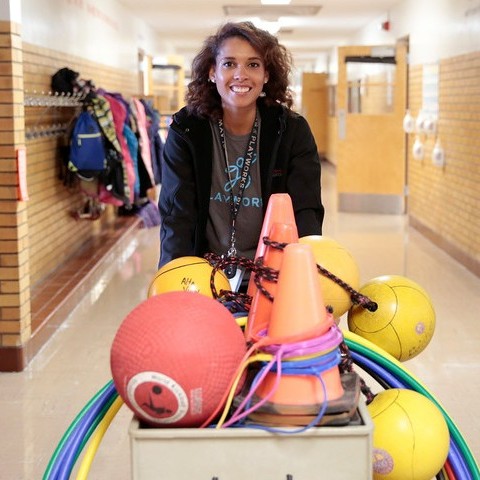 Equipment supports student engagement at recess by expanding game options. Here are a few things to keep in mind as you begin to manage and organize your recess equipment:
Equipment supports student engagement at recess by expanding game options. Here are a few things to keep in mind as you begin to manage and organize your recess equipment:
- When selecting equipment for your school’s recess, think about what games your students commonly play, and take any fixed equipment into account. Do you have a basketball hoop? Is there a four-square court? If so, select equipment to support those options.
- Aim for the right amount of equipment at recess so there’s enough to support a variety of popular or common games at your recess but not so much that equipment is getting lost.
- When meeting with your recess teams, make sure to think through equipment systems, which help you keep track of equipment and minimize lost or mistreated equipment. Identify the following: Where is the equipment stored? Who brings the equipment out to recess? Who brings the equipment back after recess is over? How are these expectations communicated to staff and students?
Creating intentional recess routines
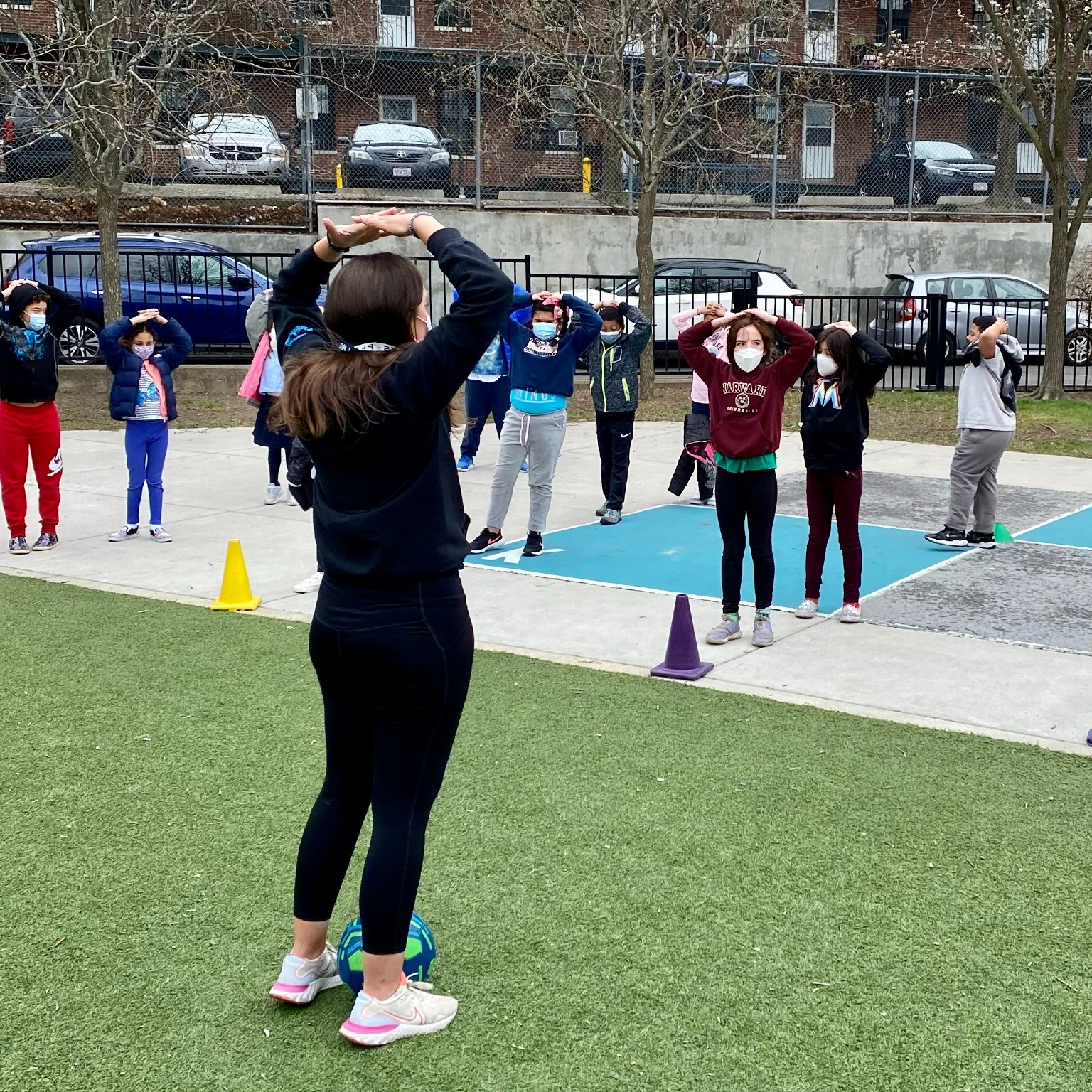 Setting routines for recess transitions support positive student behavior during in-between times and help recess stay organized and manage expectations. Keep these things in mind as you brainstorm what your recess routines will look like:
Setting routines for recess transitions support positive student behavior during in-between times and help recess stay organized and manage expectations. Keep these things in mind as you brainstorm what your recess routines will look like:
- An intentional (but short!) opening is key for reminding students of recess expectations, communicating what games are available that day, and any other important announcements. Try out an attention getter at the beginning!
- A recess closing is important to help students transition back into the school building. Do a cool down activity, like a breathing exercise or stretch, to help students calm down and prepare to go back to class.
- If you find yourself with extra transition time in line at the end of recess, keep the fun going! Games like The Big Cheese and Up, Down, Stop, Go can be played while students are in line.
- When creating recess routines, take a look at your recess schedule to identify how transitional routines will best fit in your day. Are the students being released from their classrooms or from the lunchroom? Do teachers staff recess, or do they hand the students off to separate recess team? How does equipment cleanup or grabbing lunch bags fit into your routine? And most importantly, how will you communicate the recess transition routines to staff and students?
